Floods are one of the most common natural disasters that damage commercial and residential infrastructure. Even though you may not be able to prevent devastating floods from invading your home and possession but there is a lot you can do to reduce the damage flooding can have on your home and possessions. The purpose of this guide is to discuss how you can protect your home from the worst effects of flooding, how to react promptly and effectively to floods, and what to do afterwards. Continue to read about what are the major safety tips to house floods. Continue to read about what are the major safety tips to house floods.
Flood Safety Tips
Here are flood safety guidelines and survival tips to follow before, during, and after a flood to protect your life and residence. For your amenity, we will break down this guide into three major parts.
Be Prepared
Mostly, people wonder what they can do in an emergency, but we have you covered. When you live in an area that is prone to flooding, you should take some safety measures. In this regard, we have provided some safety steps that you can take before flooding occurs.
-
It is important to choose a location on high land that is not susceptible to flooding. If you plan to construct a house in a flood-prone area, make sure to keep your house elevated.
-
You should consider buying flood insurance if you live in a low-lying neighbourhood where floods have occurred in the past.
-
Always keep all the switches, circuit breakers, electrical wiring, and gas points elevated when building your house in an area susceptible to floods.
-
You should also elevate air conditioning units and generators above levels.
-
Build barriers that will prevent flood water from invading your house premises.
-
You should use waterproof material in the seal walls to avoid water seepage that can result in mould and mildew.
-
one of the best ways to protect your home from the flood is by installing flood boards on your windows and doors to prevent floodwater from entering your home.
-
In such hard-hit calamities, you should utilise plastic skirting boards instead of wooden ones. So you can easily wipe off the surface to clean after the water level recedes.
Prepare to Evacuate if Necessary
-
Identify safe places to go as protecting yourself and your family should be the top priority.
-
Identify alternative safe travel routes that are not prone to flooding
-
Fill your car’s fuel tank s you might have to go far to find a safe place.
-
After receiving the emergency signal, leave as quickly as possible.
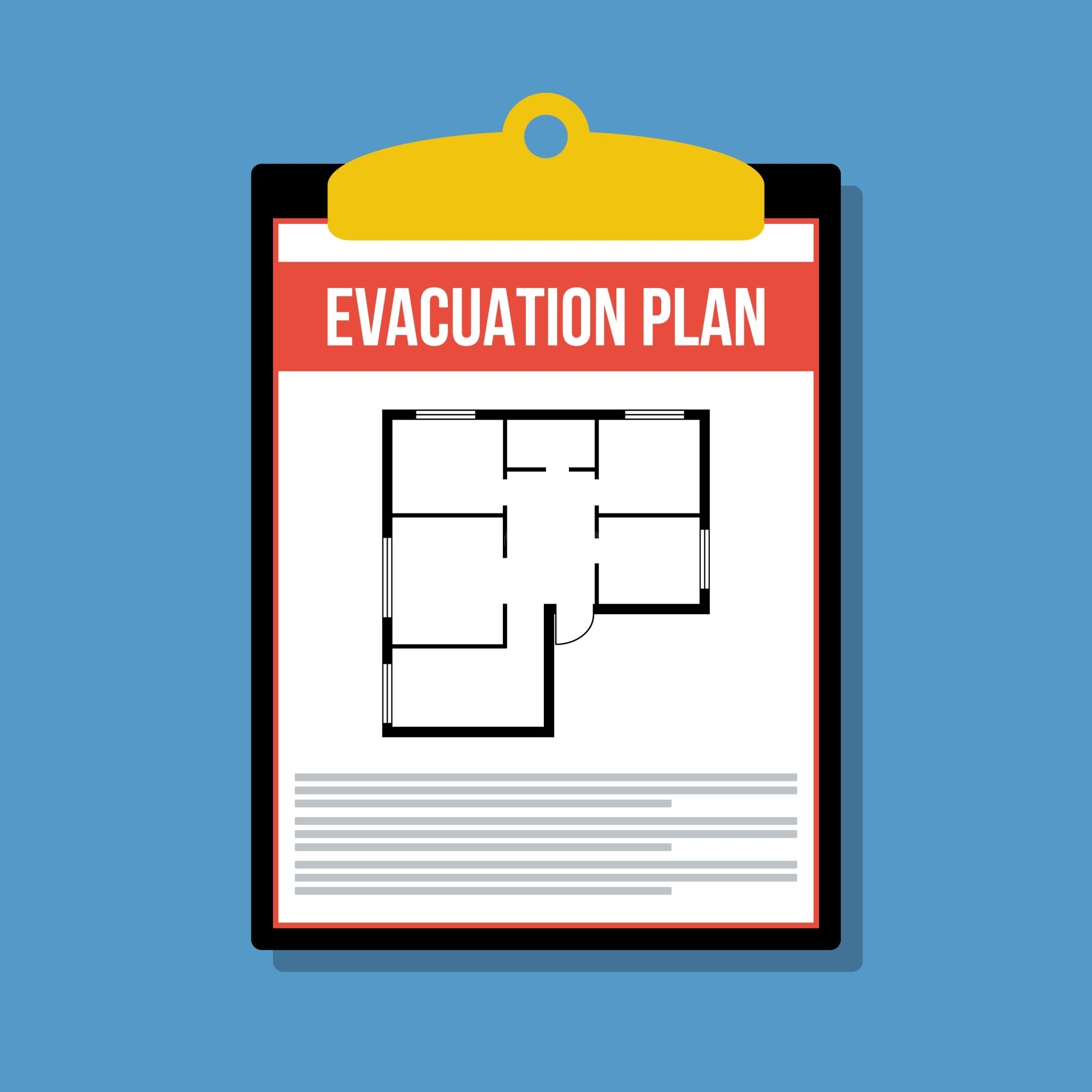
These are the first steps to keep in mind before and now let’s move further to what you can do if you find yourself a flooded victim.
Act (During a Flood)
You should follow several house flood safety tips if you experience a devastating disaster such as a flood. During a flood, let’s discuss what safety measures you should take.
-
You should have an evacuation plan and immediately evacuate the house.
-
Also, take an easy-to-use emergency kit containing a torch, some batteries and certain other protective gear like rubber gloves, boots, painkillers and a handy first aid kit.
-
Stack up sandbags or flood boards to prevent water from entering a building
-
In a double-story house, move essential and valuable possessions to the top floor, away from floodwaters. if you have a basement, ensure to remove important documents, and equipment and shift them to the upper floors.
-
Immediately turn off your house’s main power supply when water enters. Disconnect all electrical appliances, and use emergency lights when needed.
Never Drive through Flooded Roadways
-
The roadbed may be destroyed. hence never drive through flooded roadways.
-
Due to its fast flow, you can also lose control of your vehicle in a few inches of water. In that case, your car may float and can be swept away by less than 2 feet of water.
-
Also, avoid driving around a barricade because it can be detrimental.
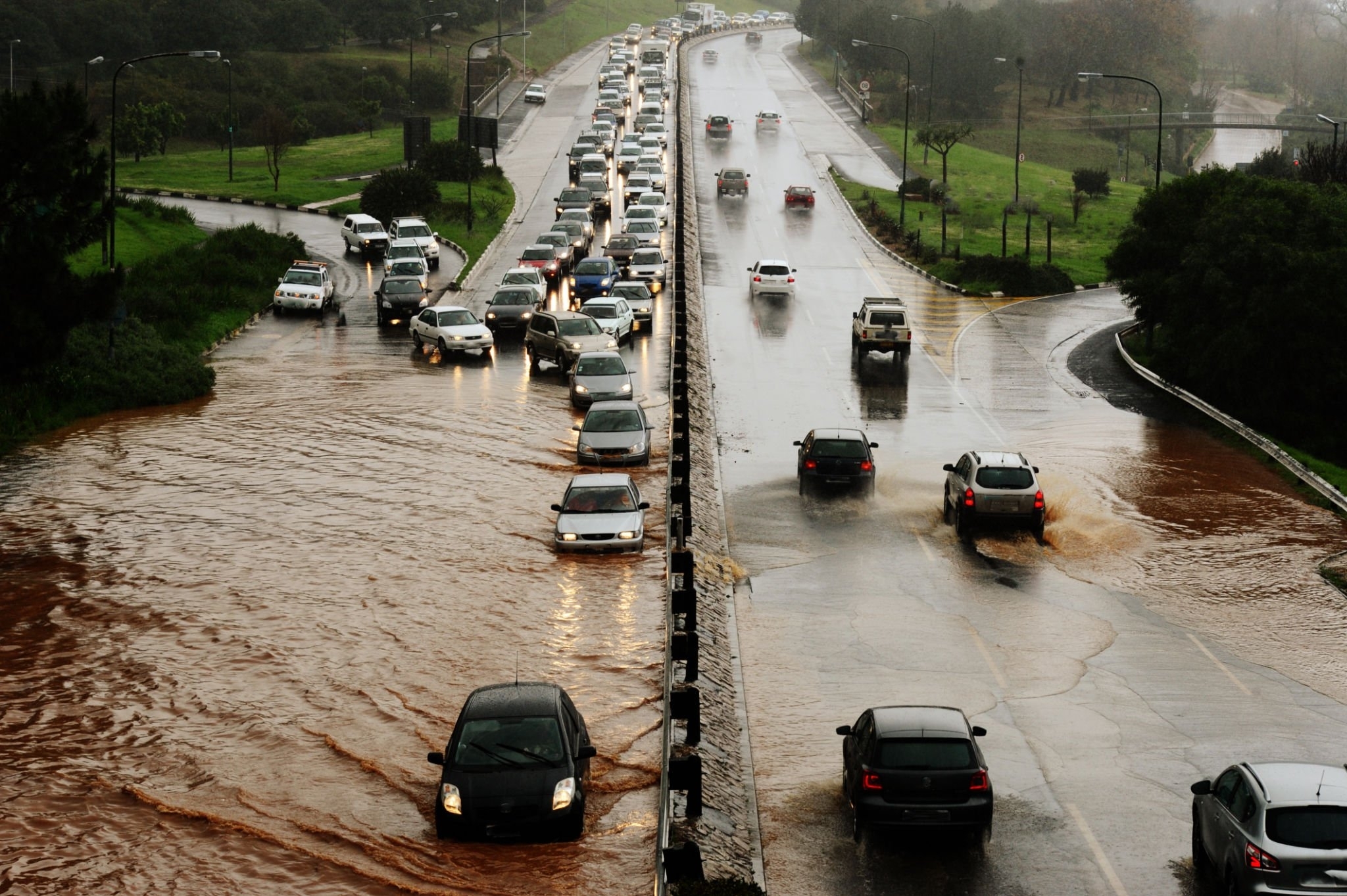
Climb to Safety
-
First, you should get out of low-lying areas prone to flooding and find a high spot to save your life, which should be the foremost priority of every individual.
-
Avoid those areas which are already inundated with water. You will not be able to locate the path, which might be unsafe.
-
Also, stay away from power lines and electrical wires for the safety of your life.
Immediately Evacuate if You Think You are at Risk
In such situations, you should act quickly and save yourself first then your belongings.
Move to those areas where access is not cut off by rising water.
If you are with your family, you should use one vehicle to avoid getting separated and reduce traffic jams.
Also, lock all doors and windows to secure your home.
Lastly, go to a specific location where authorities directed it.
This house flood guide is incomplete without noting what you should do after the house has been inundated with water. The last part of this blog discusses some of the best flood safety tips for your house. Let’s explain them.
Build Back Safer and Stronger
-
Whenever your house has been flooded, you must wait until the authorities give you the green light to enter.
-
Take immediate steps to reduce damage once you enter the house.
-
Dry flood-contaminated water when entering the house because you never know if the water might be contaminated with oil and sewerage. Moreover, the water might also be electrically charged, so it is essential to be extra careful when entering your abode after a flood.
-
Additionally, wear rubber shoes, gloves and goggles to stay safe while wading through flood water at home.
-
You might see mould and mildew, do not start the cleaning process without wearing the protective gear as aforementioned.
-
You should use a dehumidifier which will assist in removing excess water and dampness in the house.
-
Keep your windows open to allow fresh air into your house in case of gas leaks because it can cost you major consequences.
-
Be sure an electrician checks the house before putting on any high-voltage equipment.
-
If you have bought insurance, taking photos of flood damage is a good idea to claim your insurance.
While Making Repairs, Protect Your Property from Future Flood Damage
-
You should follow local building codes ensuring resilience against such devastating disasters.
-
If you have to build your house, consider flood-resistant materials and techniques that provide safety.
-
Uplift electrical components above the potential flood height as previously experienced.
-
Particularly, you should consider the elevation of the entire structure of your house.
-
Utilise high-quality construction material to give firm standing to the building against floods.
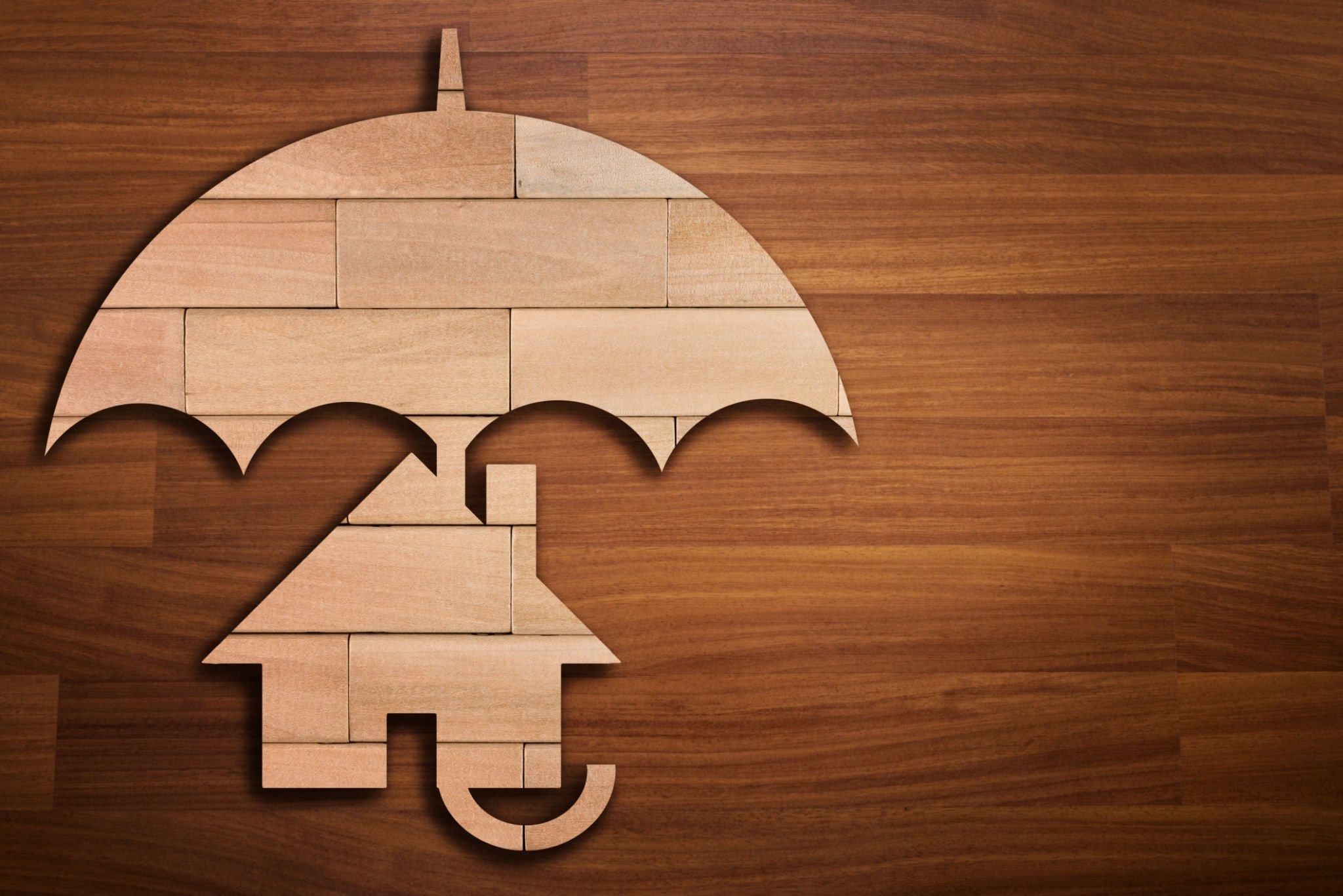
Final Thoughts
We are all aware of the current situation of the floods in Pakistan that devastated the entire country’s infrastructure, agriculture sector, and communication channels. Moreover, the people living in urban areas are also on high alert due to extreme climate conditions. Following the tips mentioned above and surviving advice is the best way to ensure your safety and mitigate the impact of such hard-hit calamities.
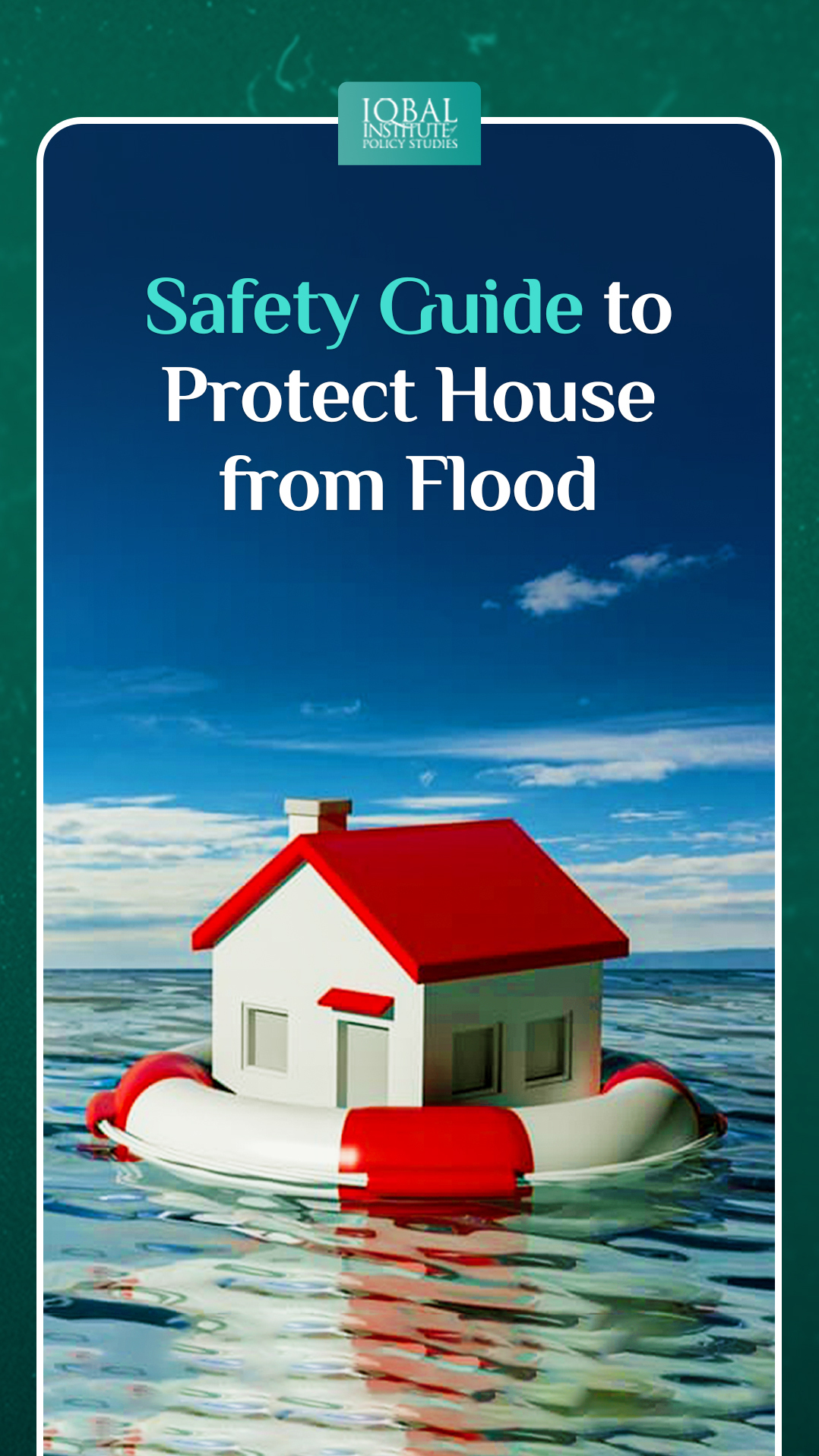

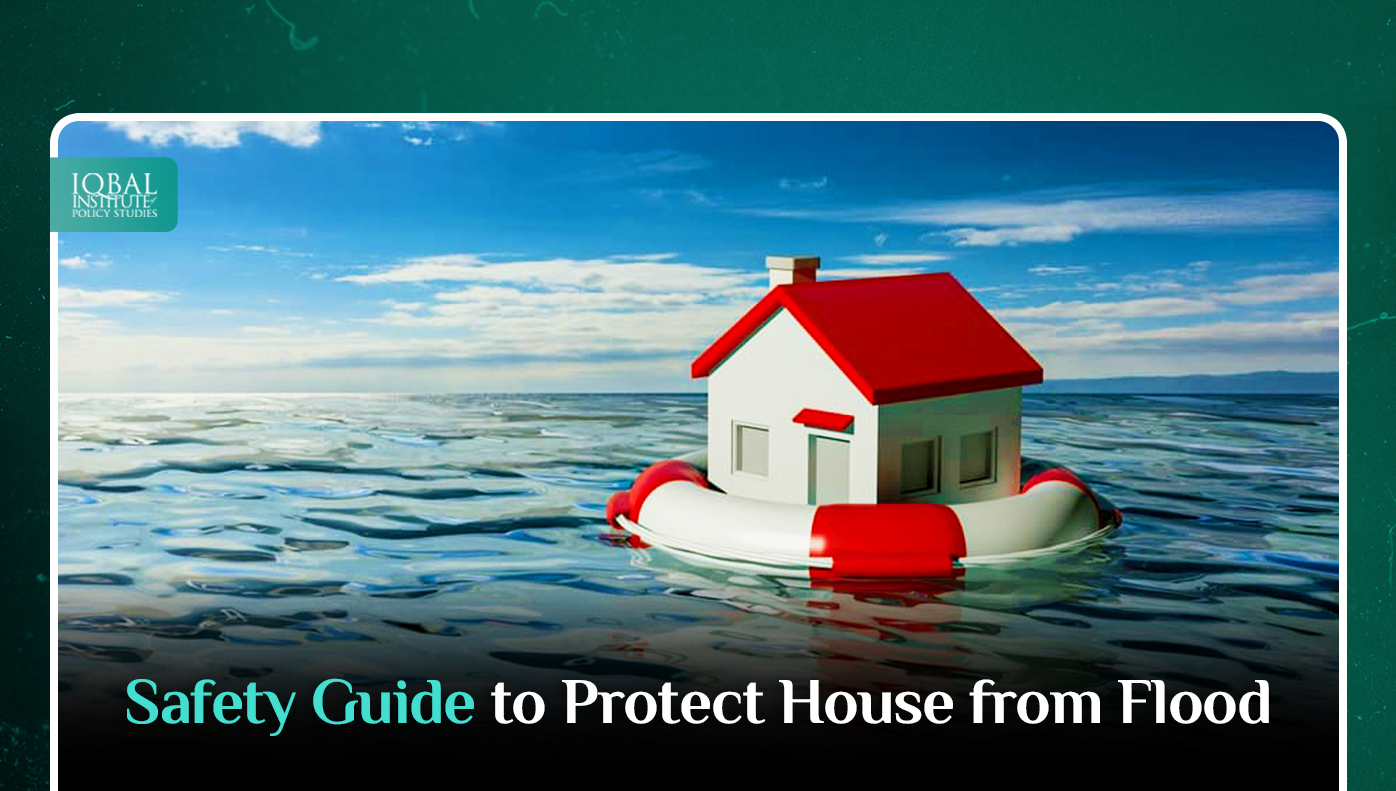
Leave a Reply